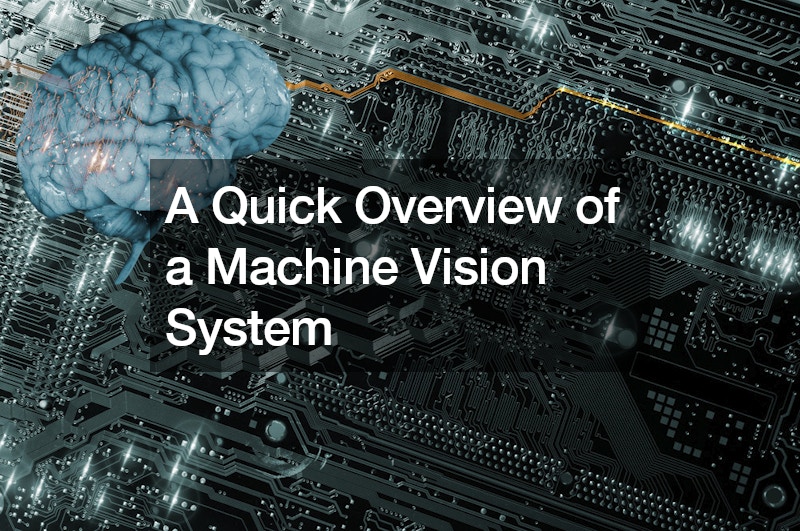
A machine vision system is a sophisticated technology that allows machines to visually perceive and interpret information about their surroundings. It employs cameras, image processing algorithms, and artificial intelligence to analyze visual data and make informed decisions or perform specific tasks.
At its core, a machine vision system consists of a camera or multiple cameras that capture images of objects or scenes. These images are then processed by specialized software algorithms to extract relevant information, such as object size, shape, color, texture, or position.
The extracted data can be used for various applications, including quality control, inspection, sorting, counting, measurement, and guidance in industrial processes.
Machine vision systems can be integrated into production lines or standalone machines to automate tasks that would otherwise require human intervention. They offer several advantages, such as improved accuracy, consistency, speed, and reliability compared to manual inspection or control methods. Additionally, machine vision systems can operate in harsh or hazardous environments where human involvement may be impractical or unsafe.
A machine vision system combines hardware and software components to enable machines to “see” and interpret visual information. It plays a crucial role in industrial automation by providing real-time analysis and decision-making capabilities, leading to increased efficiency, productivity, and quality in manufacturing and other industries.




